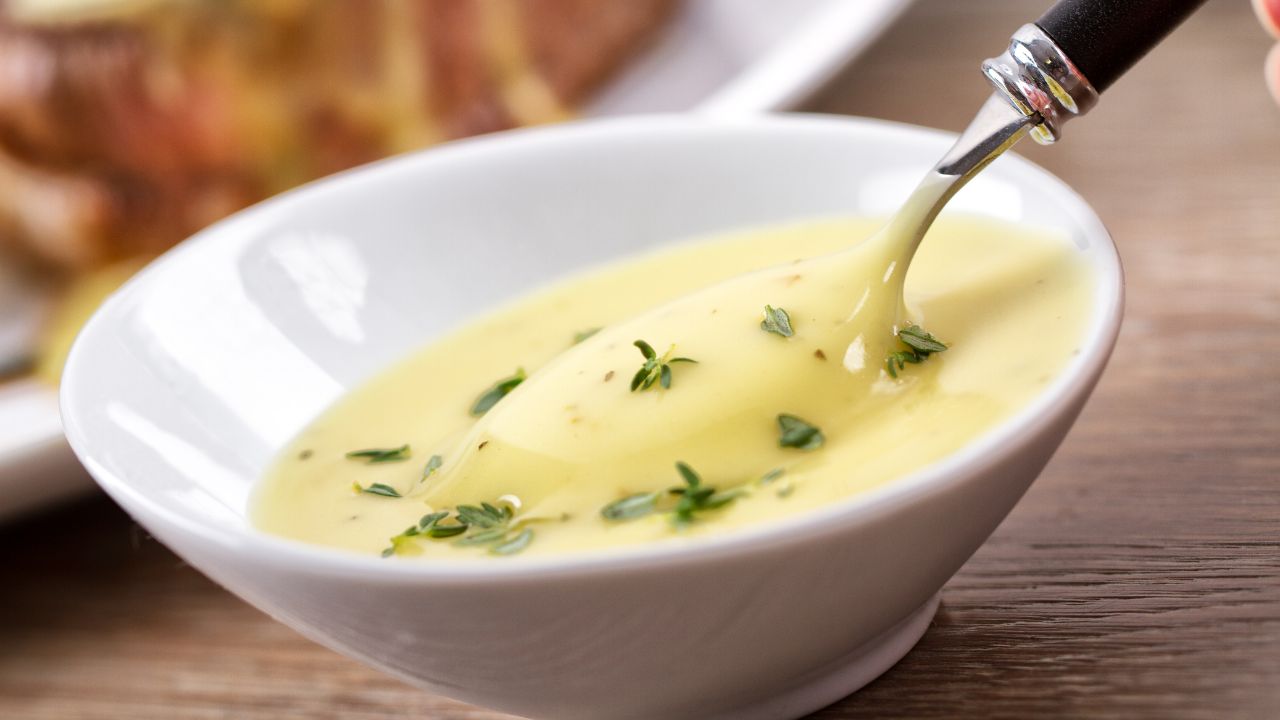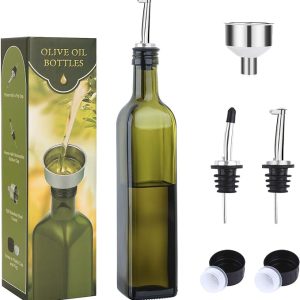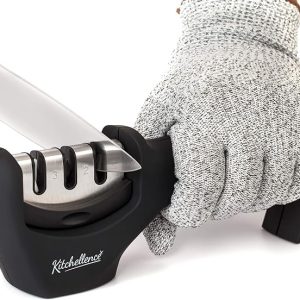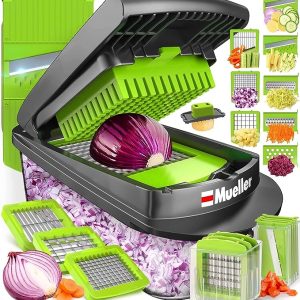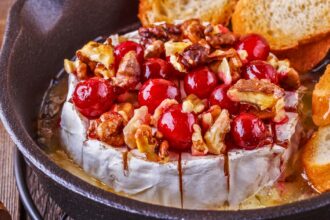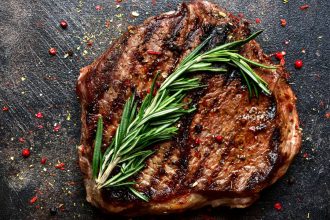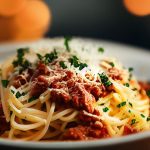- Prep Time: 5 minutes
- Cook Time 7 minutes
- Yield: 1 cup
Hollandaise Sauce is one of the five classic French mother of sauces. Bearnaise sauce is one of the simplest yet most pleasing and elegant sauces one can make.
Despite its simplicity, bearnaise sauce seems to have a mystery, which makes a lot of home cooks nervous about making it.
Bearnaise Sauce (from the former French province of Bearn) is basically Hollandaise Sauce (in the style of Holland, as it is said to mimic an originally Dutch sauce) with tarragon added.
This is not the purist’s definition of the differences, but it works for me. Simplicity can be calming while breaking traditional recipes. I hope that I’m not offending any cooks here!
Bearnaise sauce is excellent with fillets of beef, grilled or poached salmon, or grilled asparagus. It’s actually really good on baked or boiled potatoes. Hollandaise sauce is, of course, a necessary ingredient for eggs Benedict. Try my decadent lobster version.
The traditional recipe begins with reducing white wine. I don’t use white wine in my recipe. If you don’t have a bain-marie (double boiler), place a sauce pan inside a frying pan of simmering water. If the chemistry comes out just right, the sauce should thicken almost immediately upon the addition of the melted butter.
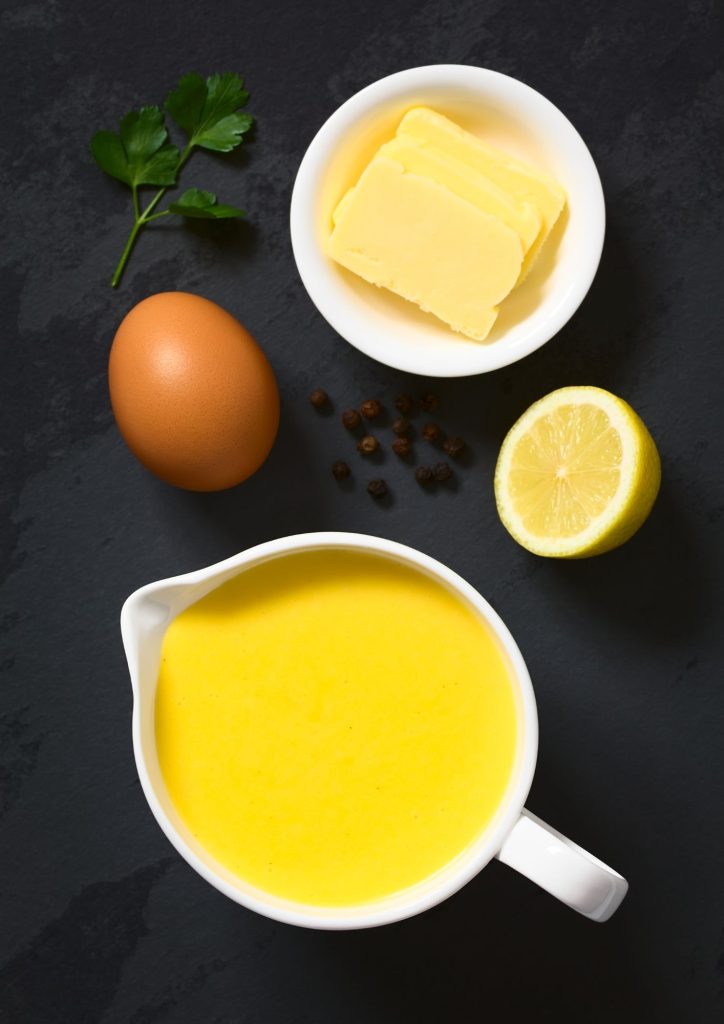
Ingredients
- 1/2 cup (1 stick of 1/4 pound) unsalted butter, melted
- 1 shallot, very finely chopped
- 2 egg yolks
- 1 tablespoon of lemon juice
- 1 tablespoon crushed tarragon leaves (for bearnaise only)
- 1 tablespoon of water
- 1/4 teaspoon white pepper
- sea salt, to taste
- 1 tablespoon of white vinegar
Procedure
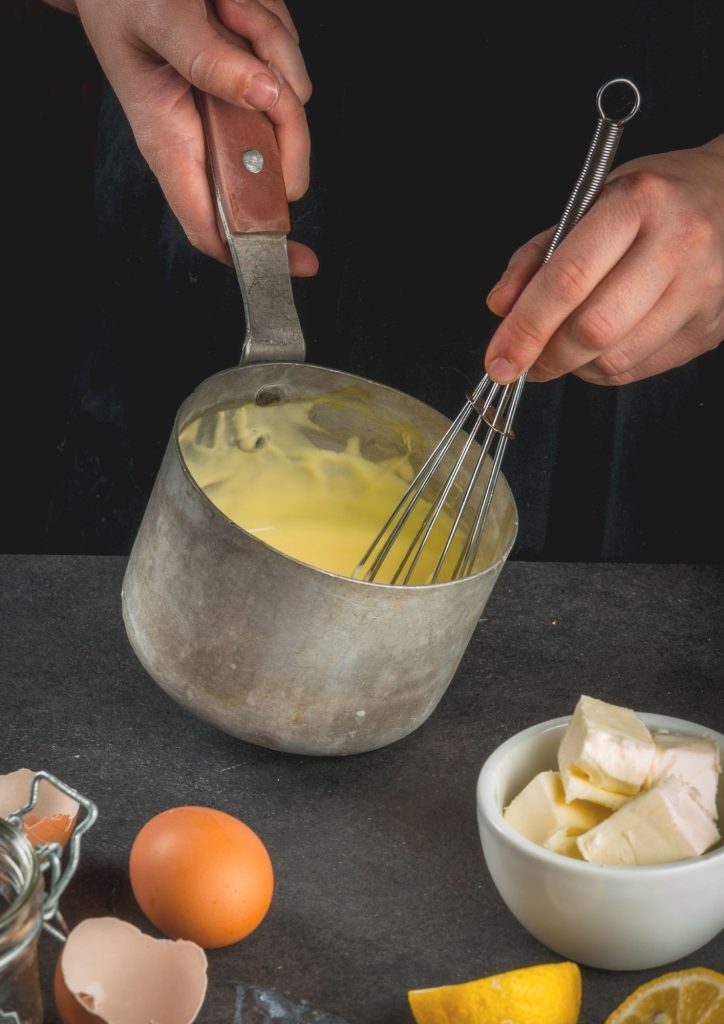
- Prepare a Double Boiler: Set up a double boiler, ensuring that the water is hot but not boiling. The simmering water should gently heat the top pan without direct contact.
- Whisk Egg Yolks and Lemon Juice: In the top of the double boiler, whisk together the egg yolks and fresh lemon juice until well combined. This forms the base of your sauce.
- Add Aromatics: Introduce the chopped tarragon, finely minced shallot, water, and white pepper to the egg yolk mixture. Season with salt to taste. These aromatic elements contribute to the flavour profile of the sauce.
- Maintain Heat and Whisk Continuously: While never allowing the water to reach a boil, maintain a steady, gentle heat. Whisk the mixture constantly, and every 15-20 seconds, briefly remove and return the pan to the heat. This process ensures that the egg emulsion thickens gradually.
- Incorporate Hot Butter: Slowly add the hot melted butter to the egg mixture, one tablespoon at a time. Continue whisking vigorously, ensuring each addition is fully incorporated before adding the next. This gradual process helps create a smooth and creamy texture.
- Achieve Desired Thickness: Monitor the thickness of the sauce during the process. Once the desired consistency is reached, remove the pan from the heat. The sauce should coat the back of a spoon and have a velvety texture.
- Finish with Vinegar: Stir in the white vinegar to add a tangy finish to the sauce. Adjust the seasoning if necessary.
- Serve Immediately: Transfer the Hollandaise sauce to a serving container and serve it immediately while it’s warm and luscious. This sauce pairs wonderfully with eggs Benedict, vegetables, or fish.
Béarnaise Sauce:
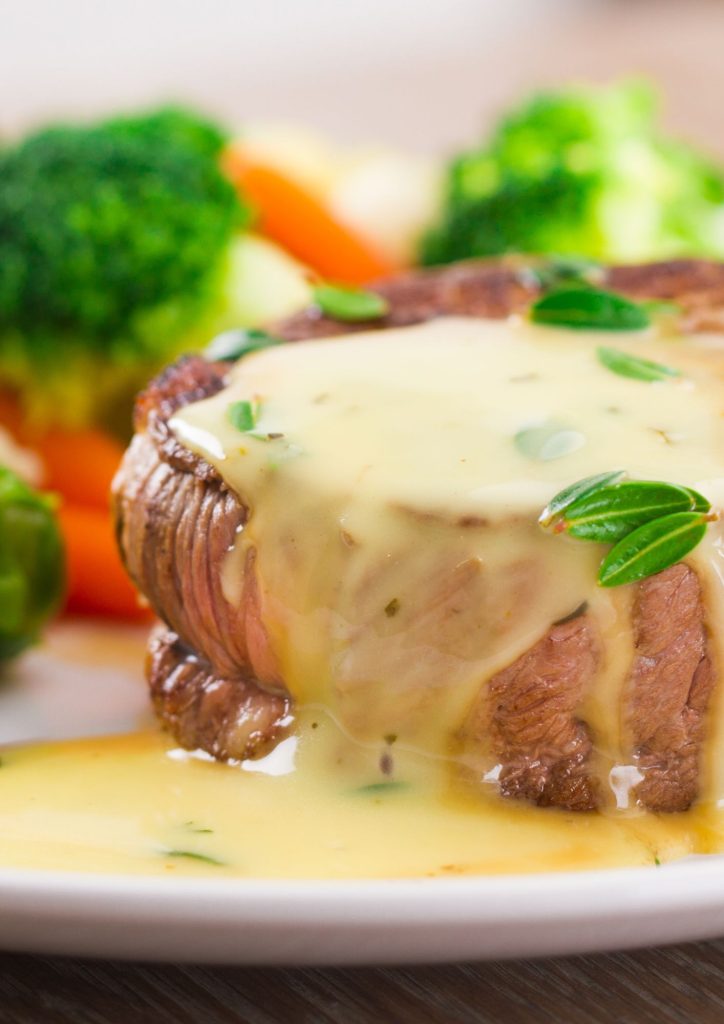
Follow the same procedure as above for the Béarnaise sauce, with the following adjustments:
- Substitute tarragon vinegar for white vinegar for a more pronounced tarragon flavour.
- Optionally, add a tablespoon of finely chopped fresh tarragon during the final stages of whisking for a burst of herbal freshness.

